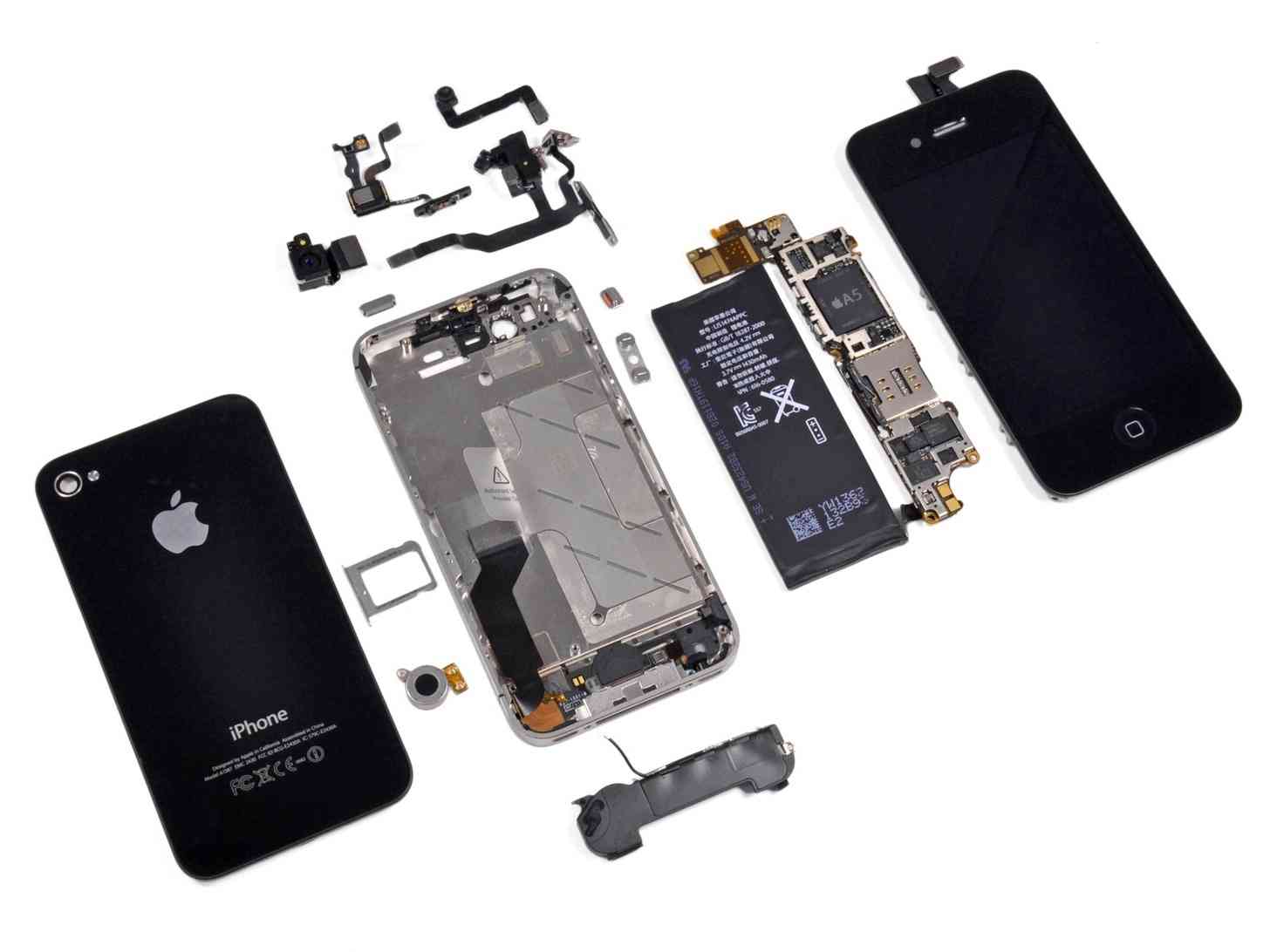
It’s no secret that I was an avid supporter of Google’s Project Ara from the very beginning, as far back as when it started out as a mere idea called Phonebloks. The idea appealed to me on multiple levels. Not only would a modular smartphone grant us the ability to tweak different components as we saw fit, but it was also predicted to significantly cut down on electronic waste, a growing problem in today’s world.
When Google announced that it would be taking Phonebloks under its wing, eventually renaming it Project Ara, I was thrilled. If anybody was going to take this idea and make it happen, Google was the one to do it. And, for a while, it really seemed like they were making good progress. Even if the demonstrations weren’t perfect, things were at least going at a (very) leisurely, forward pace.
So then the other day happens, and we find out that Project Ara has effectively been canceled. After a couple of initial setbacks and months of little to no information, I guess it was to be expected. I was still kind of surprised, because I did a lot of plugging my ears and singing, “Lalalalalalalala” when naysayers came along. I just wanted to believe.
But like a child being told that Santa Claus isn’t real, there’s no reason to believe anymore. It is what it is. However, that doesn’t mean that industry couldn’t still use a significant change in the way our phones are made. We may not be able to look forward to a modular future anytime soon, if ever, but perhaps it wouldn’t be a bad idea to look back towards earlier builds of smartphones for future inspiration. Specifically, I'm talking about designs that allowed us some control over self-repair of our smartphones.
Aside from news on Project Ara, the news surrounding Samsung’s Note 7 exploding battery issue also got me to thinking about this. Samsung issued a worldwide recall after 35 Note 7 batteries had confirmed “explosions”. An entirely optional recall, Note 7 owners in the U.S. have the option to return or exchange their phones (for a different phone altogether, not for another Note 7 at the moment) for a full refund. That’s a fair bit of inconvenience for what appears to be a singular issue with certain faulty batteries. Had Samsung kept their recently retired design feature of having a removable battery, would this issue be easier to solve? Would they have been able to simply order new batteries from the reputable battery supplier and supply them to Note 7 owners?
I can’t say for sure if that’s how the situation would have been handled if the Note 7 had a removable battery, but it seems like that could have been a simpler, preferred solution for many people. The Note 7 has a feature that most phones don’t – the S Pen – and many who chose the Note 7 over other smartphones chose it particularly for the S Pen. No other phone (aside from past Note devices) can replace that feature right now. So, if offered the additional option to swap out the faulty battery with a non-faulty one rather than go through the hassle of returning or exchanging the device (for one they didn’t want), or even the third option of just keeping the phone and praying that it doesn’t explode (it might have only been a few explosions, but this is only 2 weeks after the phone was released – an afterthought I had after writing this article the other day was, “What happens longer term?”) a lot of disappointment could have been spared.
I guess I just kind of miss feeling like I had some control over my phone should something happen to it. When my battery life would inexplicably drop, I could pop the back off and see, “Oh. My battery is bloated and should probably be replaced.” Order a battery, replace the battery, ta daa. The problem was fixed and I was a happy camper because it was a simple solution that I could solve myself.
A battery isn't the only component that a removable back could make easier to repair, but they’re the one component that gave me the most issues. And it just kind of sucks that we can’t even do that much with a lot of phones anymore. Modular phones might be impossible, but bringing back some level of repairability isn’t.